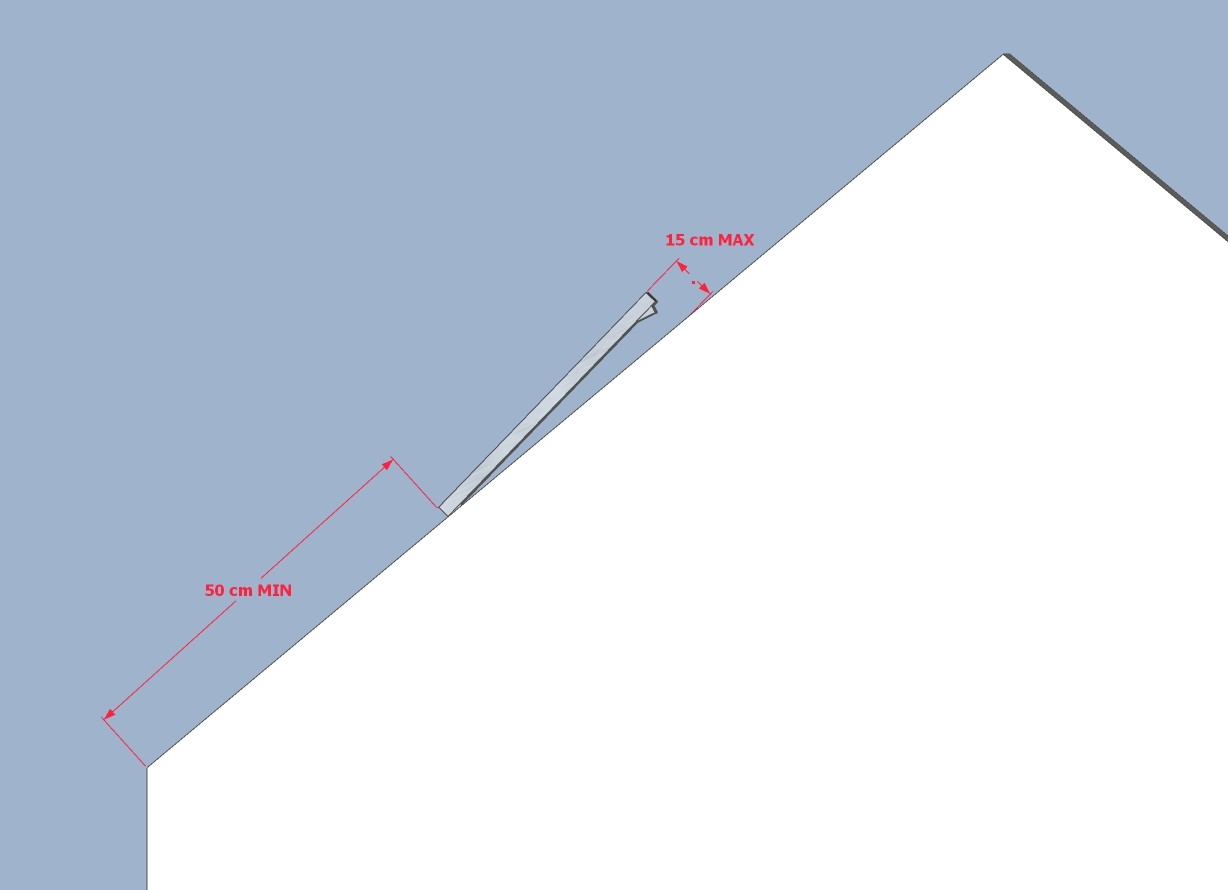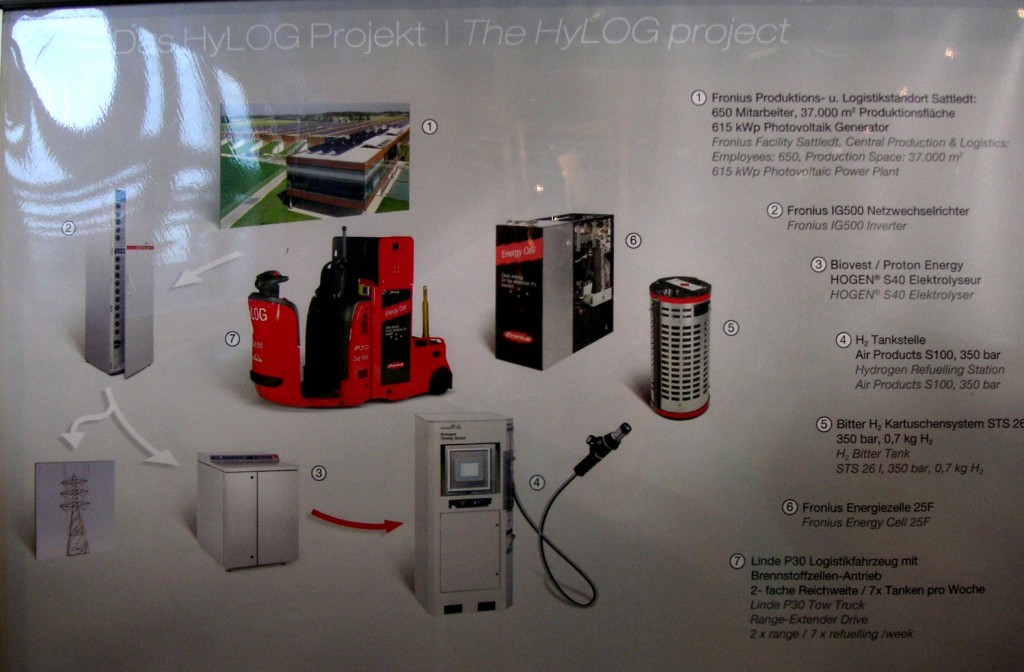Substantial increases to the existing planning exemption thresholds for solar panels are now available.
Two new sets of regulations entitled the Planning and Development Act (Exempted Development) (No.3) Regulations 2022 and the Planning and Development (Solar Safeguarding Zone) Regulations 2022 which have immediate effect have been published on the 7th October 2022 .
Additionally two new classes of exempted development have been introduced.
For clarity, works that benefit from Planning Exemptions do not require Planning Permission.
What are the main changes?
In a nutshell,
- the 12sqm/ 50% roof limit which applied to houses has been removed nationwide. There is no rooftop limit on houses, regardless of whether the house is located within or outside of a Solar Safeguarding Zone (SSZ). Houses are now able to erect unlimited rooftop solar panels subject to certain conditions.
- The 50sqm/ 50% roof limit which applied to other specified classes of development has been removed for solar developments that are located outside of an SSZ. Such developments, located outside of an SSZ, are able to erect unlimited rooftop solar panels subject to certain conditions.
The Planning and Development (Solar Safeguarding Zone) Regulations 2022 (S.I. No. 492 of 2022) support the Planning and Development Act (Exempted Development) (No.3) Regulations 2022 and set out 43 Solar Safeguarding Zones (SSZs) within which a rooftop limit on solar panels continues to apply. The SSZs are applicable to all classes of development other than houses.

Conditions and Limitations
The Planning and Development Act (Exempted Development) (No.3) Regulations 2022 (S.I. No. 493 of 2022) set out the main amendments to the existing solar planning exemptions contained in the Planning and Development Regulations 2001 (the Principal Regulations). These regulations set out the updated conditions and limitations which apply to the various pre-existing classes of development (e.g. houses, industrial, light industrial, business premises and agricultural).
The exemptions are aimed at increasing Ireland’s generation of solar energy and combating climate change.






































